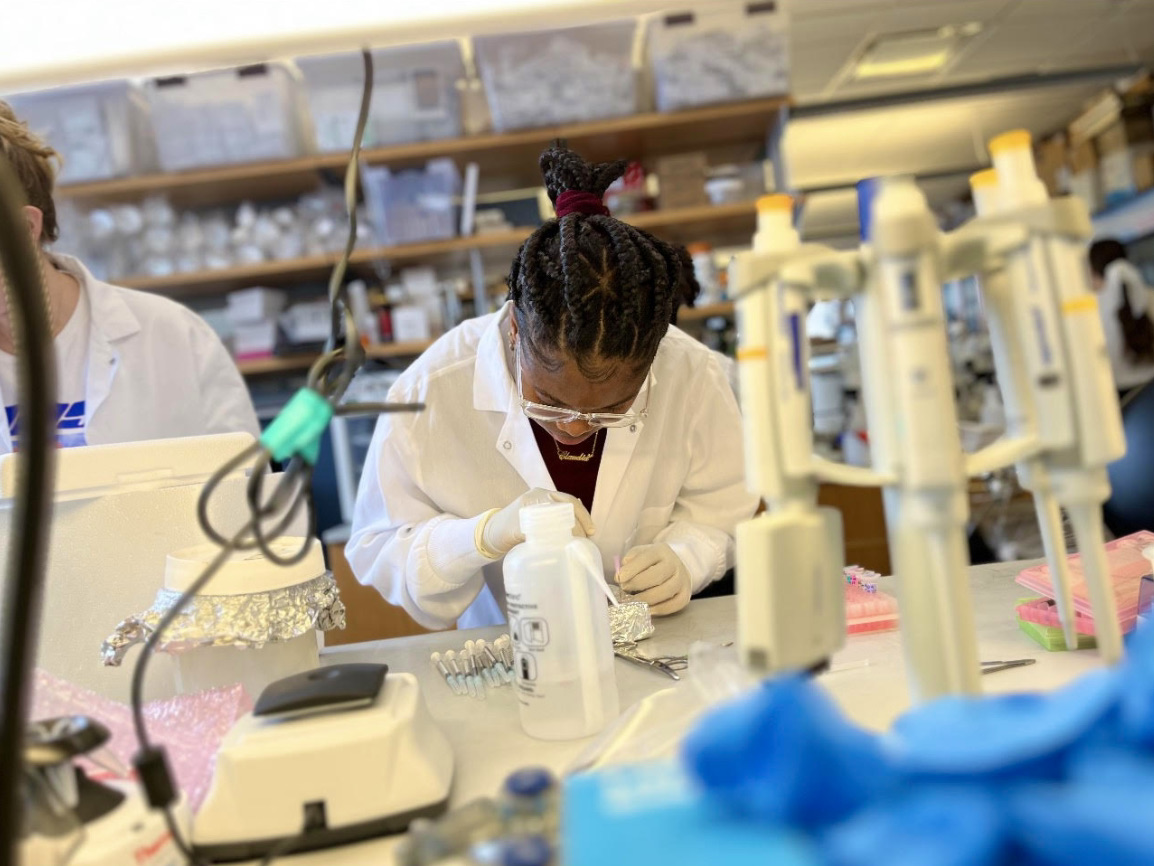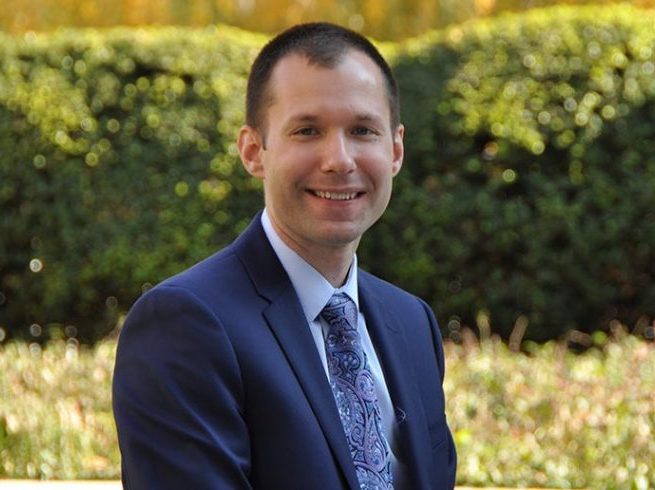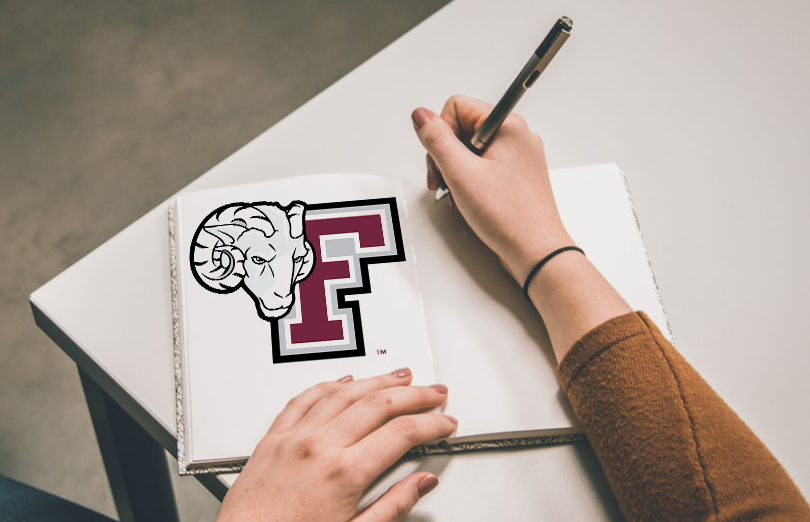Claudia Dabie, FCRH ’25, is a Collegiate Science and Technology Entry Program (CSTEP) scholar pursuing research at Columbia University on the topics of toxicology, environmental health science and epidemiology. Dabie’s work is part of Columbia University’s Northern Plains Superfund Research Program.
She is one of four participants chosen last year through Primer to participate in research. It is a large research project in the department of environmental health science, which is part of the Mailman School of Public Health.
“We have a lab that collects data, a lab that analyzes the data, a section that looks into it, a section that interacts with people personally, a section that reports back to the people our findings. My part is lab-based,” said Dabie. The research she delves into currently is how uranium and arsenic affect the human brain and nervous system. Dabie contributes five hours to research a week during the academic school year and has worked full-time during the summer.
There is a group of Indigenous people living in the Northern Plains where uranium and arsenic are naturally occurring. Abandoned mines cause uranium and arsenic to leak from those mines into a nearby water source. That water is the only accessible water source Indigenous people have, and the research draws attention to a larger problem of environmental racism. Indigenous people experience environmental racism in part because there is not enough attention given to their living conditions as there is with other groups and their environments. Dabie’s goal is for her research to see exactly how uranium and arsenic are affecting Indigenous people by examining their brains and nervous systems.
“I think it’s saddening that we have to do research in order to prove that uranium and arsenic in people’s water is bad. We hope to acquire policy pads at the end of our research in order to have this prevented,” said Dabie.
Dabie spends a lot of time in the lab dissecting brain tissues and staining them with different antibodies, uranium and arsenic. This way she can determine if the staining is damaging the brain tissue and/or causing neuro-degeneration. In the brain, she states that there is a blood-brain barrier that prevents harmful materials from entering the brain. However, there is strong evidence that uranium does pass the blood-brain barrier. If it passes the blood-brain barrier, what exactly does it do to the brain? Dabie exclaims that this is the most thorough research on the subject to ever exist.
As for the testing itself, water prototypes are created similarly to uranium and arsenic-containing water that can be found in the Northern Plains. These water samples are created in the lab to mirror water samples taken from Northern Plains and tested on mice models. Once tested on mice models daily, their brains are taken to be dissected in sections and analyzed by staining them with different antibodies. A lot of these antibodies are naturally occurring in the brain. It is then observed how higher levels of uranium affect the brain tissue and interact with it. There is a control that does not have uranium or arsenic, water that only contains uranium in it, another sample with only arsenic in it and a sample with both uranium and arsenic. These are taken to compare results.. Although results have not been found yet, many findings support the hypothesis that uranium and arsenic in Northern Plain waters are toxic to the human brains living there. Some early findings include that uranium is neurotoxic.
“We found that even after exposure to uranium stops, uranium still persists in the brain,” said Dabie.
This is Dabie’s first time working in a professional lab. There are many people working on this research, and she finds help on the research quite accessible. She said she had felt imposter syndrome but quickly found people who are encouraging and willing to teach. Dabie said Columbia has a welcoming environment, making it easier to learn and make connections.
The Superfund Program sparked Dabie’s interest, and she expressed passionately when hearing about environmental racism, that it was wrong and something had to be done about it. “My willingness to help the community drew me to this specific research choice. I had many options pertaining to what mentor I would like to work with and research to be done,” she said.
Last summer, Dabie presented her research to the department of environmental health science at Columbia. She will be presenting again this September to showcase current findings. She intends to write on the project for publication.
“I wanted to be helpful now,” Dabie continued. “Doing research now was helping me be more employable. Once I found out how I can actively help people now, considering being a scientist, you won’t know what you want to do unless you try it! I’m really open-minded now because of research, with every single step I take I learn so much. It’s good to come into college with a plan, but it’s better to come into college with an open-minded plan. Be willing to better those plans and be willing to advance those plans if the opportunity to do so comes your way.”













































































































































































































